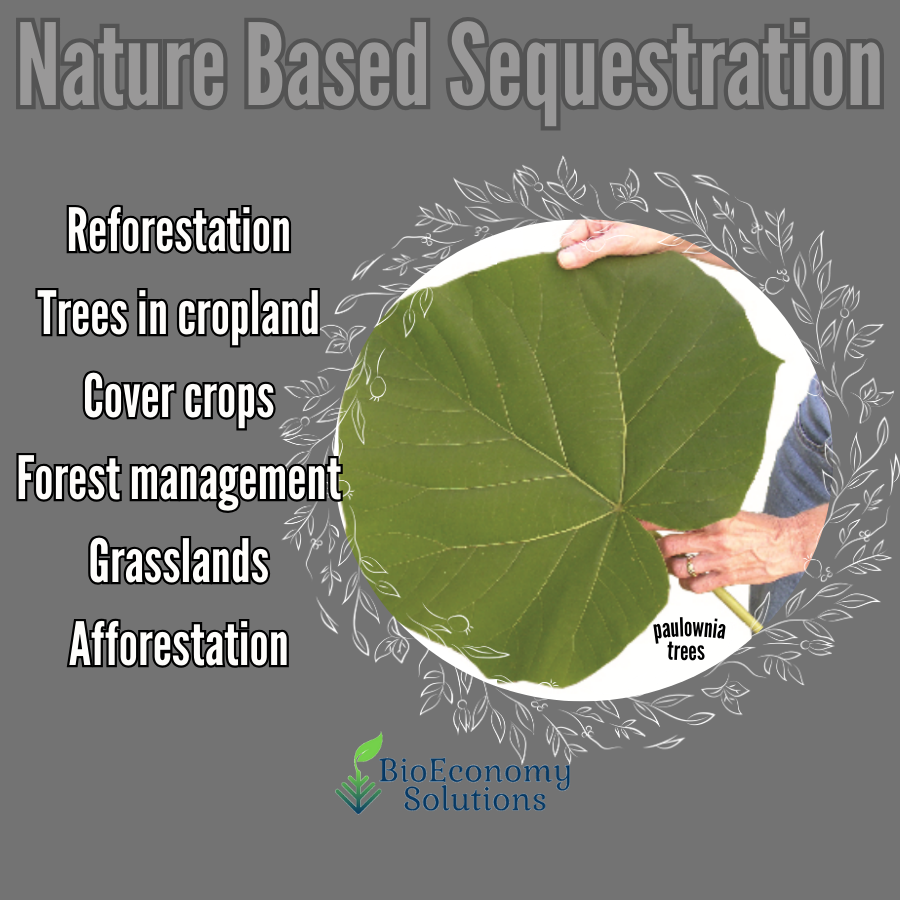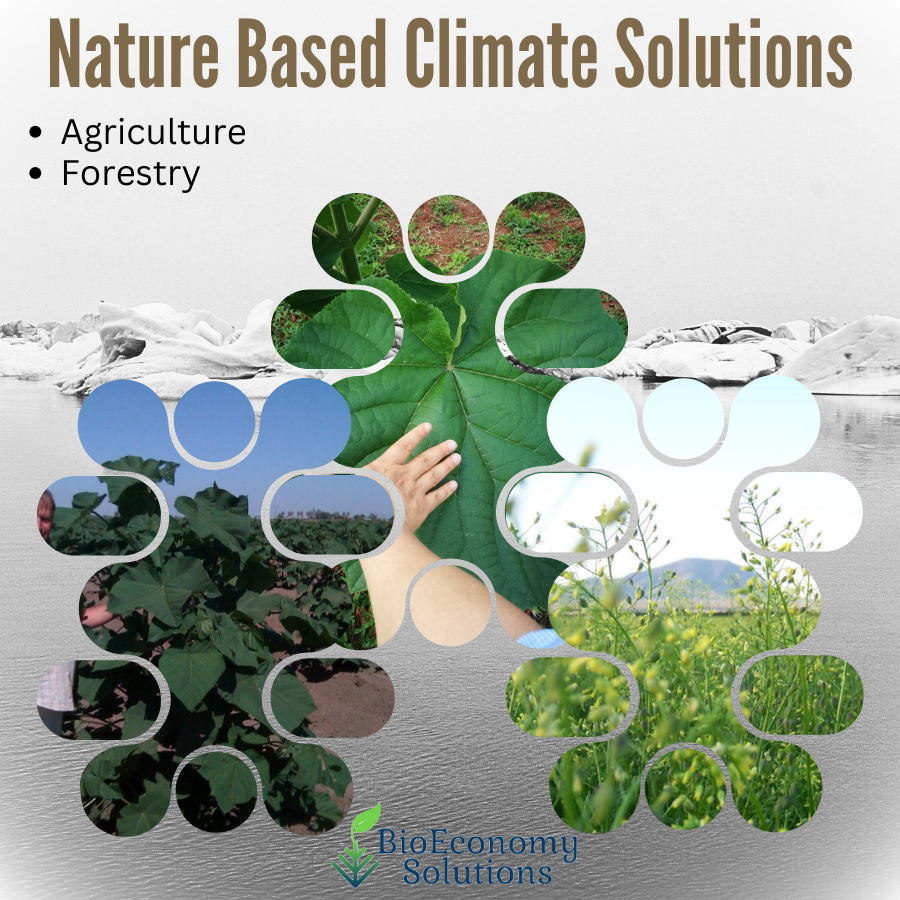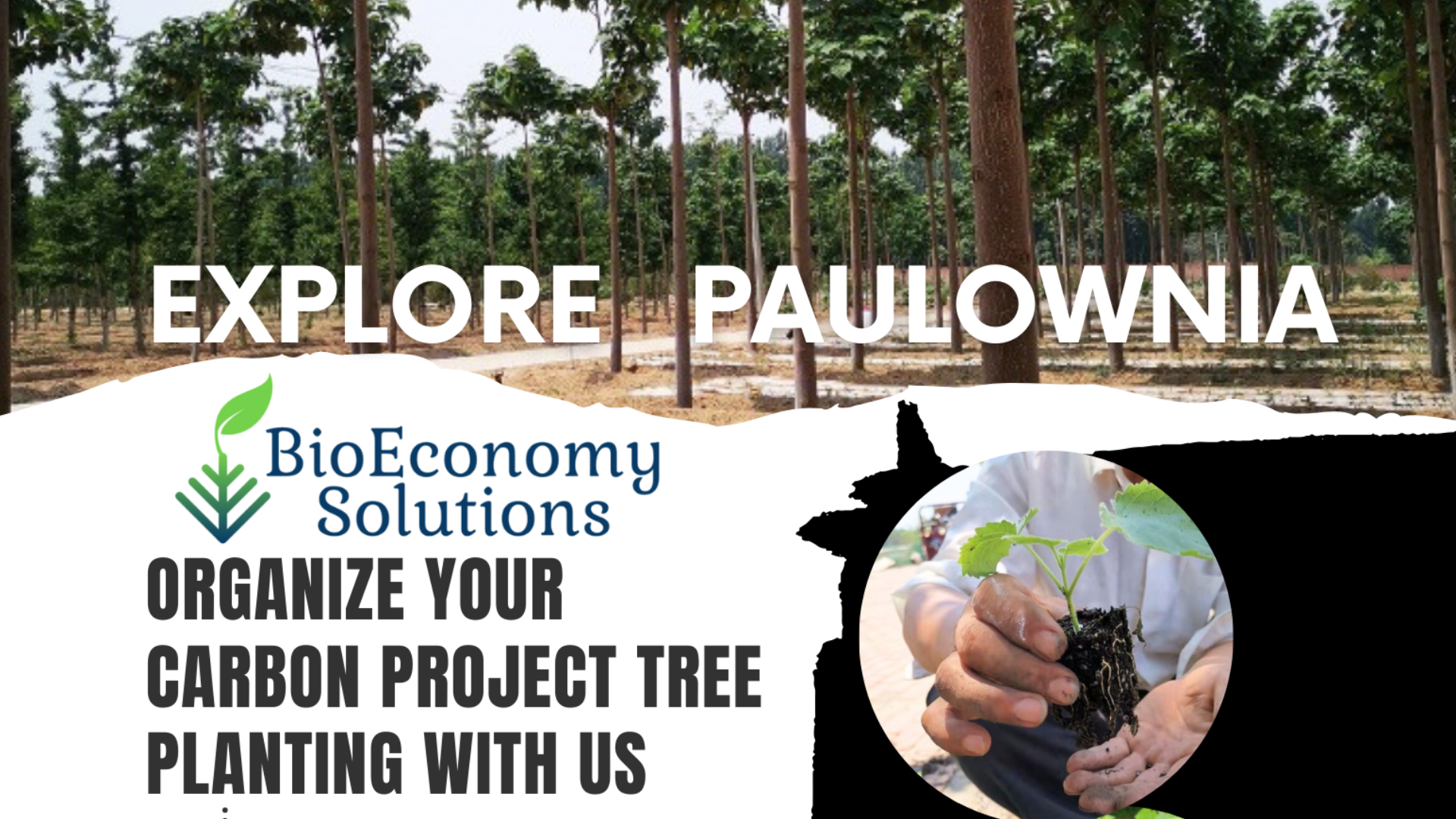Carbon Developers Choose Paulownia Trees
Why choose paulownia trees for your next carbon development project?
The paulownia tree is a nature based carbon sequestration solution. It can capture and store up to 35kg of CO2 greenhouse gas emissions from the atmosphere every year. This equals up to 40 tons per hectare per year! Which is 4 times the capacity of a mixed coniferous forest. The large leaves which are inherit to the species help it with this task. The CO2 is stored in the wood post harvest and wood processed into high value lumber materials. Paulownia is making a sustainable contribution to climate protection around the world.

The world has a long road ahead to meet its climate goals, new tree forest and the forest carbon credits market is just one of many important solutions.
Carbon credits put a price on carbon to incentivize investments and innovations in technology and behavior that helps us reduce our global emissions.
Forests are being used to reduce net global emissions, which also reflect the types of projects that provide forest carbon credits.
Almost 25% of global carbon dioxide emissions are now covered by pricing mechanisms, with a market value of more than USD 80 billion in 2021. Forestry is one of the most popular and fastest-growing sources of carbon credits.
Forest carbon credits is growing at 20% p.a., driven by independent supply from mainly emerging regions, and compliance demand concentrated in North America, Europe and Oceania.
It’s clear that the world can only meet its climate goals through a combination of emissions reduction and removal solutions, and this is where forest will play a critical role.

DEMAND
About 20% of forest carbon credit demand comes from the voluntary market – organizations and individuals that buy credits to offset their emissions, for example to achieve a net-zero pledge. And the remaining 80%, the demand from compliance markets, represents purchases from parties that have a legal obligation to reduce their emissions – in many cases, companies, such as those in heavy manufacturing or energy production.
While governments play a role in creating compliance markets, for example by setting emissions quotas and establishing emissions trading schemes, government represents a relatively small part of actual purchases of forest carbon credits.
Afforestation and reforestation (A/R): Here the approach is to establish forests on land with relatively low carbon stock, ecological and economic value (e.g., scrubland). Often, it is land that was previously forested but was cleared by human activity.
Creating new forests and avoiding deforestation is a low-tech and cost-effective way to tackle climate change. New forest and old growth forest trees offer many co-benefits to carbon sequestration, including increased biodiversity and erosion control.
Afforestation/reforestation projects can simultaneously earn carbon credits and be managed for the production of timber. Second, established plantations can earn carbon credits if they are managed in a way that increases carbon sinks, for example, by improving growth, reducing damage, or reducing harvest.
Commercial forest production is a significant carbon sink and offers other economic and climate benefits. These benefits are larger when considering the products that substitute less climate-friendly alternatives.
Paulownia Forests Project Commercial Viability
https://www.linkedin.com/pulse/carbon-credits-key-forests-project-commercial-victor-garlington
Let’s chat about paulownia tree solutions for sustainable Forest carbon credits projects.
We are happy to organize a time to speak with you. Please book your preferred time to speak or call us directly.
Here’s a link to my online calendar/schedule: https://info586.youcanbook.me
Paulownia Trees Capture & Stores Tons of CO₂
The paulownia tree is a nature based carbon sequestration solution. It can capture and store up to 35kg of CO2 greenhouse gas emissions from the atmosphere every year. This equals up to 40 tons per hectare per year! Which is 4 times the capacity of mixed coniferous forest. This is mainly due to the large leaves which are inherit to the species. The CO2 is stored in the wood post harvest and wood processed into high value lumber materials. Paulownia is making a sustainable contribution to climate protection around the world.
- Carbon Project Opportunity Evaluation
- Carbon Offset Data management system
- Value Confirmation
- Supply Development
- Carbon Offset Modeling
- Project Design and Documentation
- Third Party Verification Planning
- Project Registration
- Project Execution
- Project Planting
- Ongoing Carbon Project Support

LEARN MORE
Visit our paulownia carbon project page at: https://bioeconomysolutions.com/paulownia-carbon-credits/ Let’s chat about paulownia tree solutions for sustainable Forest carbon credits projects.
Where to buy paulownia? We’re providing new paulownia trees from our U.S. South Carolina Paulownia tree farm facility.
Contact Us for details. Office: 843.305.4777 | Email: mail@bioeconomysolutions.com Here’s a link to our online calendar, schedule a conference call with us: www.bioeconomysolutions.com/bookcall
#greentech #carbonfootprint #climatechange #sustainability #renewableenergy #globalwarming #environment #circulareconomy #sustainable #carbon #sequestration #carbondeveloper #carbonproject #carboncredit #paulownia #trees #naturebased #bioeconomy #solutions #kiri #empresstree
#carbonneutrality #ESG #alternativeinvesting #carbonmarkets #forests #carboncredits #paulownia #trees #treeplanting #investing #sustainability #biotechnology #agriculture #impactinvestment #paulownia #kiritree #pauloniatree #pauloniawood #USApaulowniawood #impact #finance #paulownialumber #paulowniatrees #megafloratrees #bioeconomy #treefarm #greentech #carbonfootprint #climatechange #sustainability #renewableenergy #globalwarming #environment #circulareconomy #sustainable
